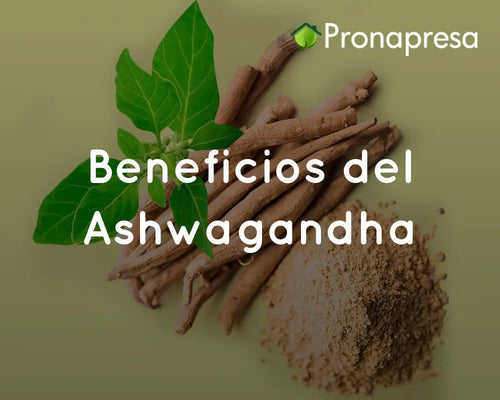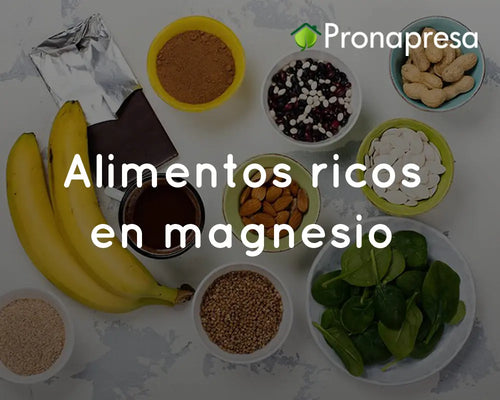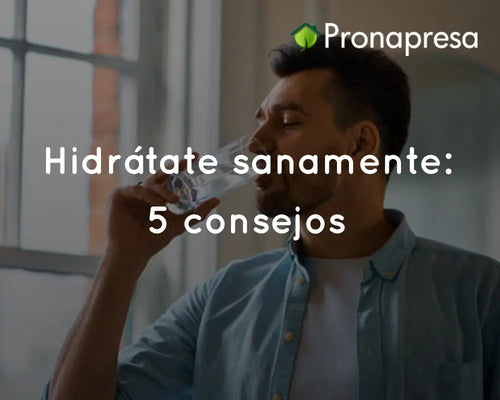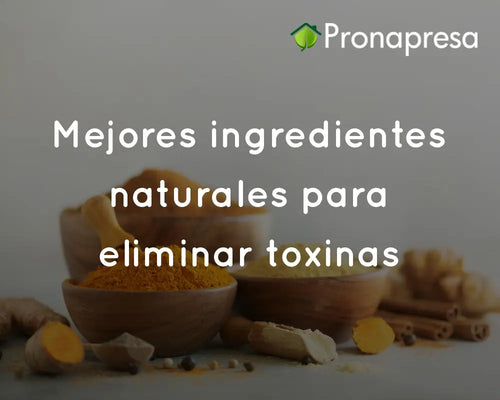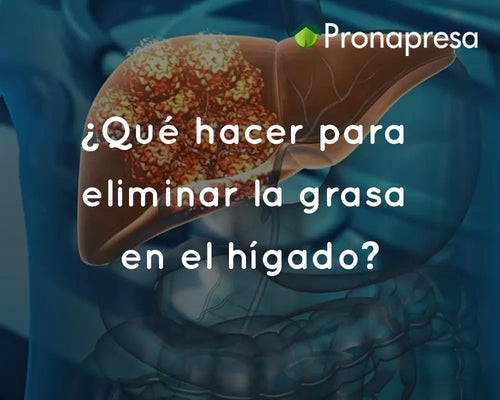
What are varicose veins?
Varicose veins occur when the valves in the leg veins don't work properly, causing blood to pool in the veins instead of flowing back to the heart. This causes the veins to dilate and become visible through the skin. Varicose veins can vary in size and severity, from small, spidery veins to large, prominent veins.
Common causes of varicose veins
Before addressing ways to prevent varicose veins, it's helpful to understand some of the main causes and risk factors:
-
Heredity: Genetics plays an important role in the predisposition to developing varicose veins. If your parents or grandparents had varicose veins, you're likely at risk too.
-
Age: As we age, our veins lose elasticity, which can lead to the formation of varicose veins.
-
Sex: Women are more likely to develop varicose veins due to hormonal changes, such as those that occur during pregnancy, menstruation, or menopause.
-
Pregnancy: The increase in blood volume during pregnancy, along with the pressure of the uterus on the veins, can contribute to the development of varicose veins.
-
Obesity: Excess weight puts additional pressure on the veins, which can trigger varicose veins.
-
Sedentary lifestyle: Standing or sitting for long periods without moving can hinder blood circulation, increasing the risk of varicose veins.
-
Deep vein thrombosis: This condition occurs when a clot forms in one of the deep veins of the leg, which can damage the valves and lead to varicose veins.
Natural methods to prevent varicose veins
Although some risk factors, such as heredity, cannot be modified, there are many ways you can significantly reduce your likelihood of developing varicose veins through natural methods and lifestyle changes.
1. Maintain a healthy weight
Excess weight is one of the main factors contributing to the development of varicose veins. Maintaining a healthy body weight can reduce pressure on the veins and improve blood circulation.
2. Exercise regularly
Regular exercise is essential for preventing varicose veins. Physical activity helps improve circulation, strengthen leg muscles, and maintain a healthy weight. Some recommended activities include:
- Walking: Walking is one of the simplest and most effective ways to improve circulation in your legs. Try to walk at least 30 minutes a day.
- Low-impact exercises: Activities like yoga, swimming, and cycling are great options for promoting circulation without putting too much stress on your legs.
- Leg raises: This exercise involves lying on your back and elevating your legs above the level of your heart for 10 to 15 minutes. This helps drain blood from your veins and reduce blood pressure.
3. Avoid sitting or standing for long periods of time
Staying in one position for long periods of time can impede blood flow and increase the risk of developing varicose veins. To mitigate this risk:
- Take frequent breaks: If you have a job that requires standing or sitting for long periods, try taking breaks every 30 minutes to move around or change positions.
- Change your posture: If you must sit, avoid crossing your legs, as this can worsen circulation. Try sitting with your feet flat on the floor or on a footrest.
- Wear compression stockings: Compression stockings help improve circulation and reduce leg swelling. If you're prone to varicose veins, consider wearing these stockings during the day.
4. Adopt a nutrient-rich diet
A diet rich in certain nutrients can strengthen vein walls and improve circulation. Here are some key nutrients to include in your diet:
- Vitamin C: It's essential for the production of collagen, a key protein in the structure of veins. Citrus fruits, strawberries, peppers, and broccoli are excellent sources of vitamin C.
- Vitamin E: Known for its antioxidant properties, vitamin E improves circulation and protects veins from damage. It's found in foods like nuts, seeds, spinach, and avocados.
- Rutin: This flavonoid, found in foods like citrus fruits, green tea, and buckwheat, helps strengthen blood vessel walls and prevent the development of varicose veins.
- Omega-3 fatty acids: These fatty acids, found in fatty fish like salmon, flaxseeds, and walnuts, help reduce inflammation and improve circulatory health.
5. Stay well hydrated
Hydration is essential to keep your blood fluid and prevent clots from forming. Drink plenty of water throughout the day and limit your intake of beverages that can dehydrate you, such as alcohol and caffeine.
6. Avoid tight clothing
Tight clothing, especially around the waist, legs, and groin, can restrict blood flow and increase pressure on the veins. Choose loose, comfortable clothing that allows for better circulation.
7. Take care of your feet and legs
Proper care of your feet and legs can help prevent the appearance of varicose veins. Here are some tips:
- Avoid high heels: Frequently wearing high heels can disrupt the natural function of your veins and increase your risk of varicose veins. Opt for comfortable shoes with a low heel.
- Elevate your legs while resting: When resting, elevate your legs above the level of your heart to help blood flow back to the heart.
- Regular massages: Massaging your legs in upward motions can improve circulation and reduce tension in the veins.
8. Avoid tobacco
Smoking is a major risk factor for vascular health. Tobacco damages vein walls and impairs circulation, increasing the risk of developing varicose veins. Quitting smoking can significantly improve the health of your veins.
9. Consider natural supplements
There are supplements that can support vascular health and help prevent varicose veins. Some of the most recommended include:
- Horse Chestnut: This supplement is known for its ability to reduce inflammation and strengthen vein walls.
- Grape Seed Extract: Rich in antioxidants, this extract helps protect veins from damage and improves circulation.
- Diosmin: This is a flavonoid commonly used to treat venous problems, including varicose veins. It helps improve venous tone and circulation.
[product=varifin]
Helps with tired legs, poor circulation and varicose veins
[/product]
Lifestyle changes to maintain good circulation
In addition to the above tips, making some lifestyle changes can be very effective in preventing varicose veins:
1. Adopt a consistent exercise routine
Incorporating an exercise routine into your daily life can dramatically improve circulation and reduce pressure on your veins. You don't need to do intense exercise; low-impact activities, such as walking, swimming, or yoga, are sufficient to keep your veins healthy.
2. Monitor your health regularly
Regular medical checkups can help you identify and treat any venous problems early. If you have a family history of varicose veins, consider talking to your doctor about additional preventative measures.
3. Take care of your posture
Maintaining good posture while sitting or standing can help reduce pressure on the veins in your legs. Try to keep your back straight and your feet flat on the floor when sitting.
4. Avoid excessive heat
Heat can dilate veins and impair circulation. Avoid prolonged sun exposure, hot baths, and saunas. If you need to cool down, opt for lukewarm or cold showers.
5. Maintain a balanced diet
A balanced diet not only helps you maintain a healthy weight but also provides the nutrients necessary for vein health. Include a variety of foods rich in antioxidants, vitamins, and minerals to strengthen veins and improve circulation.






































